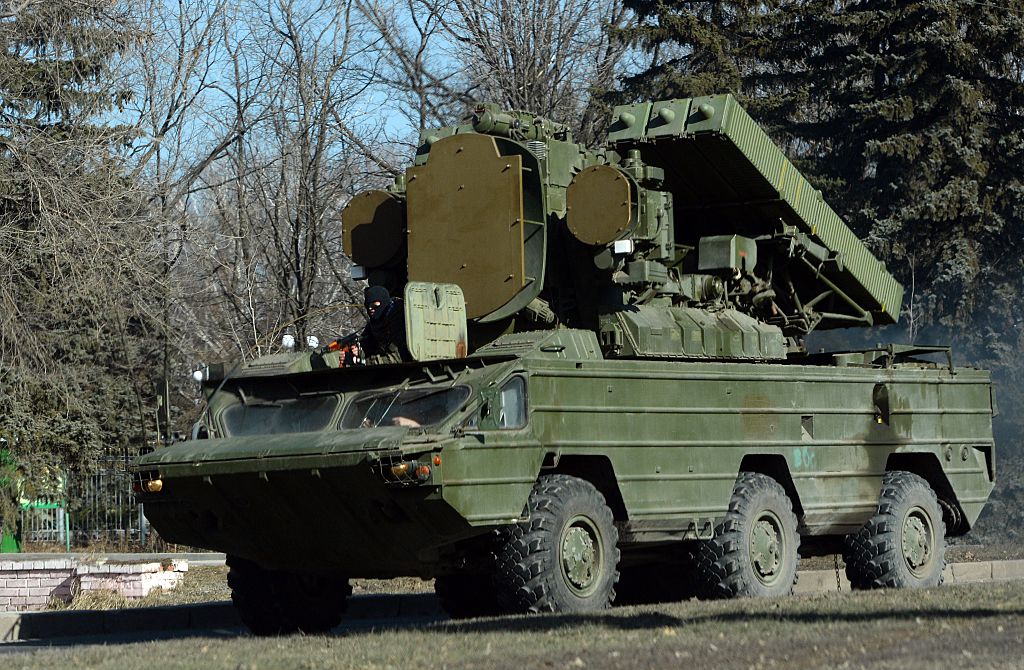
- Select a language for the TTS:
- UK English Female
- UK English Male
- US English Female
- US English Male
- Australian Female
- Australian Male
- Language selected: (auto detect) - EN
Play all audios:
SOME HOWEVER ARE BUCKING THE TREND. AIRPORT BODY ALSO CLAIMS OVER-REGULATION AND TAXATION RISK MAKING FRENCH AIRPORTS GENERALLY UNCOMPETITIVE France’s airports’ body, the Union des Aéroports
Français, has voiced concerns over the future of France’s airports in a recent press conference. It claims that over-regulation of the sector, rules discouraging domestic flights to boost
use of trains, and a new tax on larger airports are a burden at a time when airports are struggling to recover post-Covid. Airports also need major renovations to become greener and will
need to be attractive to private investors, said Union des Aéroports Français at a recent press conference. In addition to raising the alarm over the new European Entry/Exit System, due to
start on November 6 this year, the body highlighted several issues that impact French airports and air travel. READ MORE: PREPARE FOR BORDER CHANGES TO START NOVEMBER 6, FRENCH AIRPORTS TOLD
PASSENGER NUMBERS HAVE YET TO BOUNCE BACK POST-COVID Passenger numbers in metropolitan French airports are still down 7.6% compared to pre-Covid in 2019, though up 14.4% from 2022 to 2023.
In Paris, Orly (+1.4%) is doing better than Charles de Gaulle (-11.5%), as the latter relies more on long-haul flights, which have been slower to recover. However, Marseille is up 6.4% and
Paris-Beauvais is up 41.6% due to new low-cost services. In Brittany, Rennes and Brest in Brittany have been struggling, with passengers down 30.2% and 34.4% compared to 2019, as have Pau
(-43%), Toulon (-39.2%), Clermont-Ferrand (-46.5%) and Metz (-61.2%). A drop in demand for domestic flights (see below) was said to be part of the problem for Breton airports, however Rennes
is reportedly seeking to compensate with new international services, including serving Dublin. SMALLER AIRPORTS STRUGGLING THE MOST Local airports with fewer than one million passengers a
year are performing the worst compared to 2019, down 17.1% in passenger numbers on average. Some have been bucking the trend, however, such as Tarbes (+26.5%), Perpignan (6.8%) and Nîmes
(+9.2%). Several regional councils, including Occitanie and Nouvelle-Aquitaine, are reportedly reviewing the use of small airports, which were subject to critical reports by state auditors
last year concerning their reliance on low-cost airlines and state aid. It is possible that some airports with close neighbouring sites might have to reduce commercial flights and increase
alternatives, such as flight training, UAF said. DEPENDENCE ON LOW-COST AIRLINES Low-cost services now represent 43.2% of France’s air traffic, compared to 35.1% in 2019. Regional airports
are especially dependent on these, with several, such as Nantes, Béziers, Tours, Limoges, Poitiers, Toulon, Perpignan and Carcassonne, relying almost entirely on them. GOVERNMENT ENCOURAGING
TRAIN USE Domestic flights are down, linked to French policies encouraging use of the train instead of the plane for these, for ecological reasons. UAF preducts, however, that air travel
will remain popular for long inter-regional trips, where train journeys can be impractical. NEW LIQUID AND ELECTRONICS SCANNERS ON THE WAY New scanners called EDS cabine will be deployed
from 2026-27 to remove the need to take liquids and electronic equipment out of hand luggage at security checks. DIVERSIFYING INTO ENERGY GENERATION Airports are seeking to become ‘energy
hubs’ in the next few years, supplying renewable energy in their areas, for example, from solar panels. This will including some smaller airports with significant landholdings, such as
Deauville. READ MORE: SPOTLIGHT ON LOSSES AND LOW TRAVEL NUMBERS AT SMALL FRENCH AIRPORTS RELATED ARTICLES FRANCE ‘INTERESTED’ IN TUNNEL LINK WITH CHANNEL ISLANDS FRENCH AIR TRAFFIC
CONTROLLERS TAKE TOO MUCH TIME OFF AND RISK SAFETY MAP: SEE WHERE FRANCE’S 148 MAIN AIRPORTS ARE








